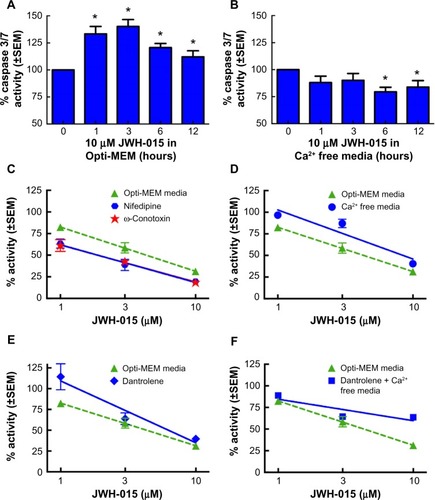Figures & data
Figure 1 Breast cancer cells functionally express the CB2 receptor.
Abbreviations: CB2, cannabinoid receptor 2; GAPDH, glyceraldehyde phosphate dehydrogenase; cAMP, cyclic adenosine monophosphate; shRNA, small hairpin RNA; ELISA, enzyme-linked immunosorbent assay; IBMX, 3-isobutyl-1-methylxanthine; Fsk, forskolin; Veh, vehicle.
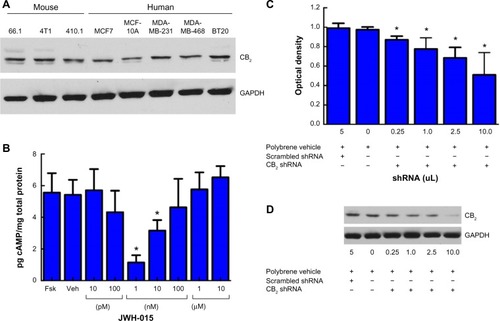
Figure 2 In vivo administration of JWH-015 attenuates primary mammary tumor growth.
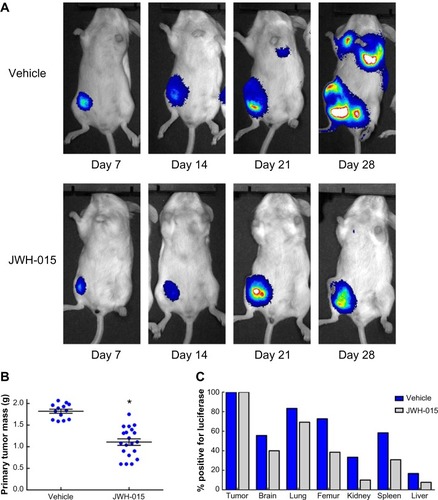
Figure 3 CB2 inverse agonist SR144528 does not attenuate cell viability reduction induced by JWH-015 in vitro.
Abbreviation: CB2, cannabinoid receptor 2.
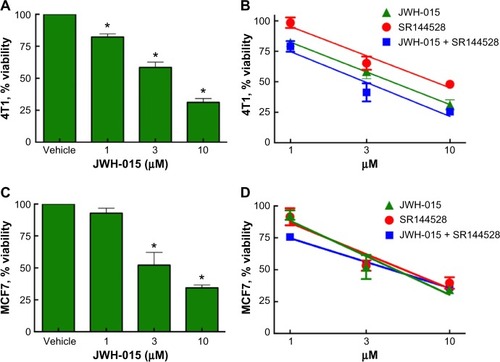
Figure 4 In vitro administration of JWH-015 induces apoptosis of breast cancer cells independent of cell cycle.
Abbreviations: DAPI, 4′,6-diamidino-2-phenylindole; ELISA, enzyme-linked immunosorbent assay.
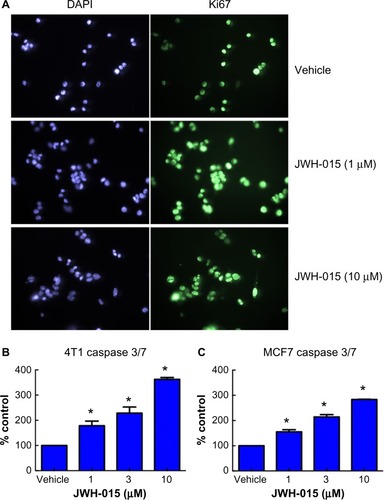
Figure 5 JWH-015 induction of calcium flux and modulation of MAPK/ERK phosphorylation is calcium dependent.
Abbreviations: Opti-MEM, Opti-minimal essential medium; Fura 2-AM, Fura 2-acetoxymethyl.
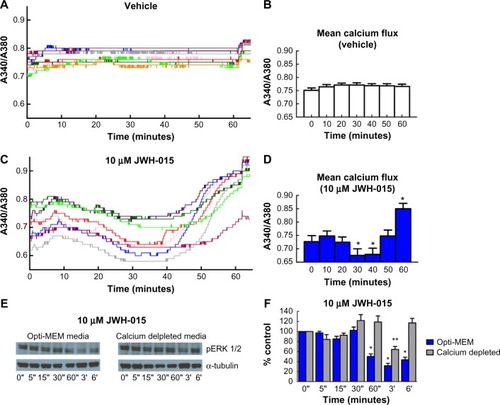
Figure 6 Inhibition of calcium flux attenuates JWH-015-induced apoptosis in 4T1 cells.
Abbreviations: SEM, standard error of mean; Opti-MEM, Opti-minimal essential medium; SRB, sulforhodamine B.
